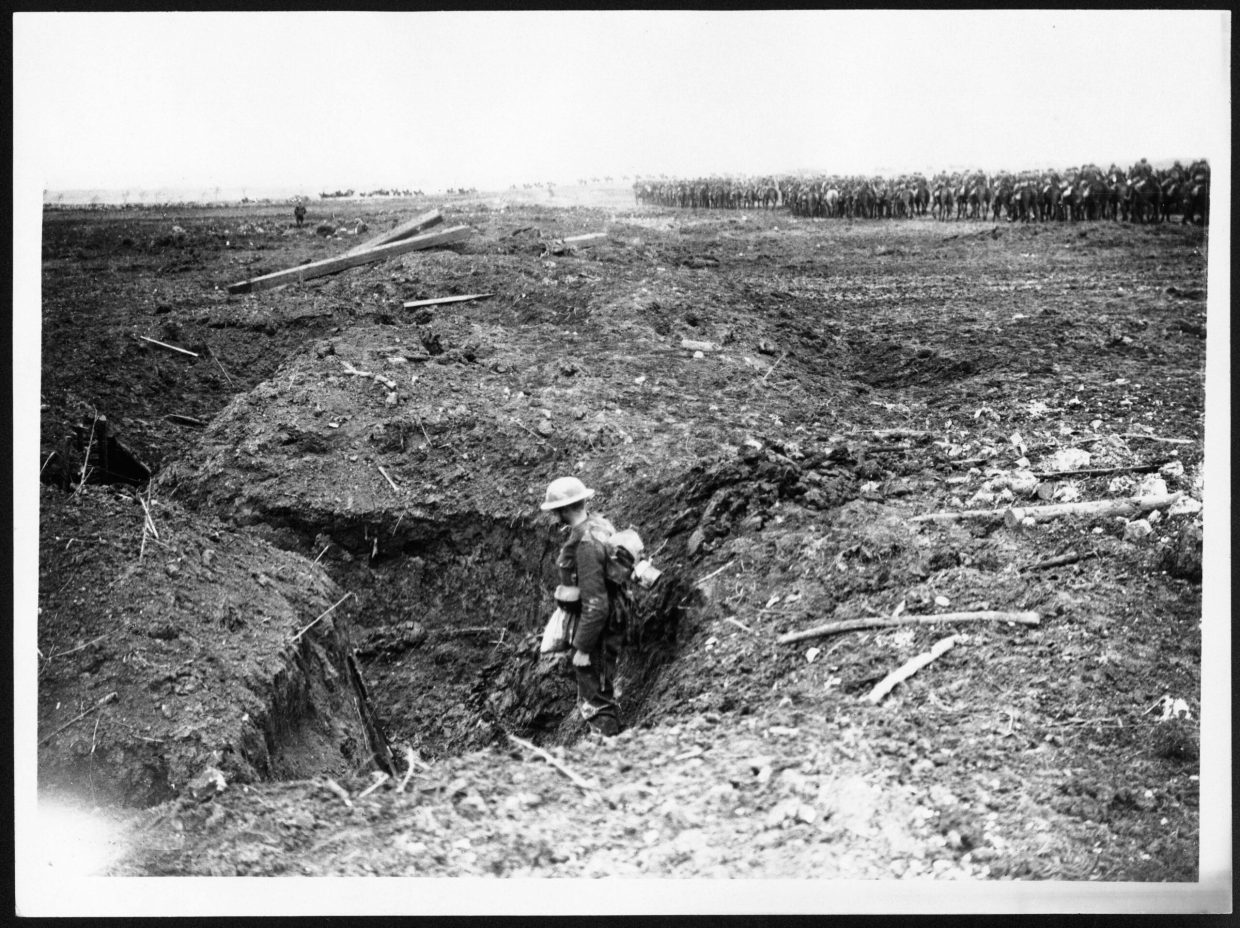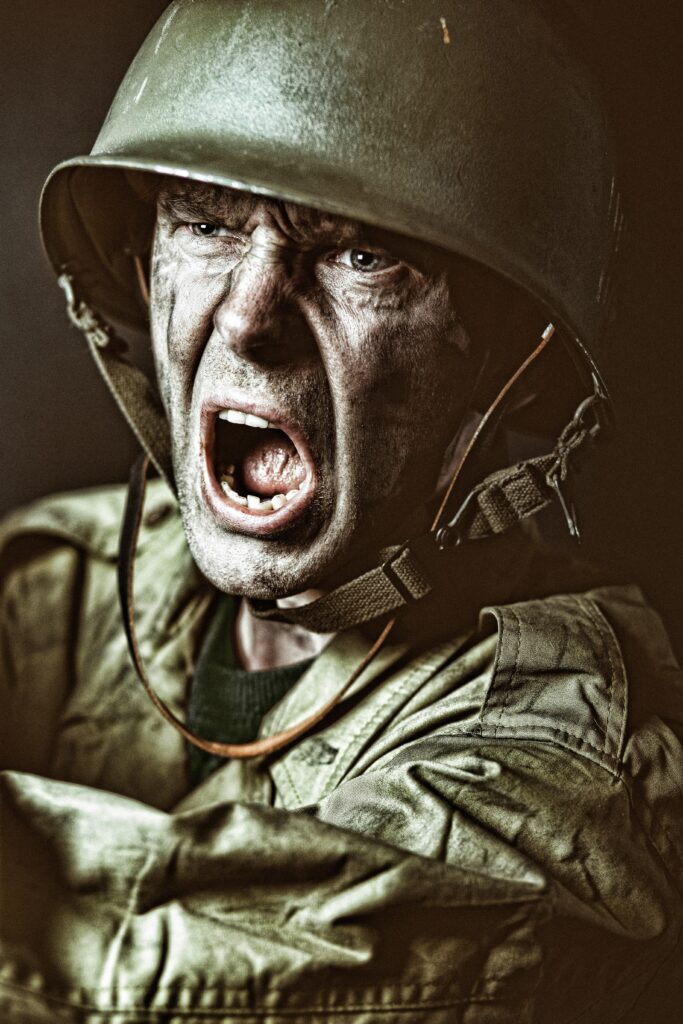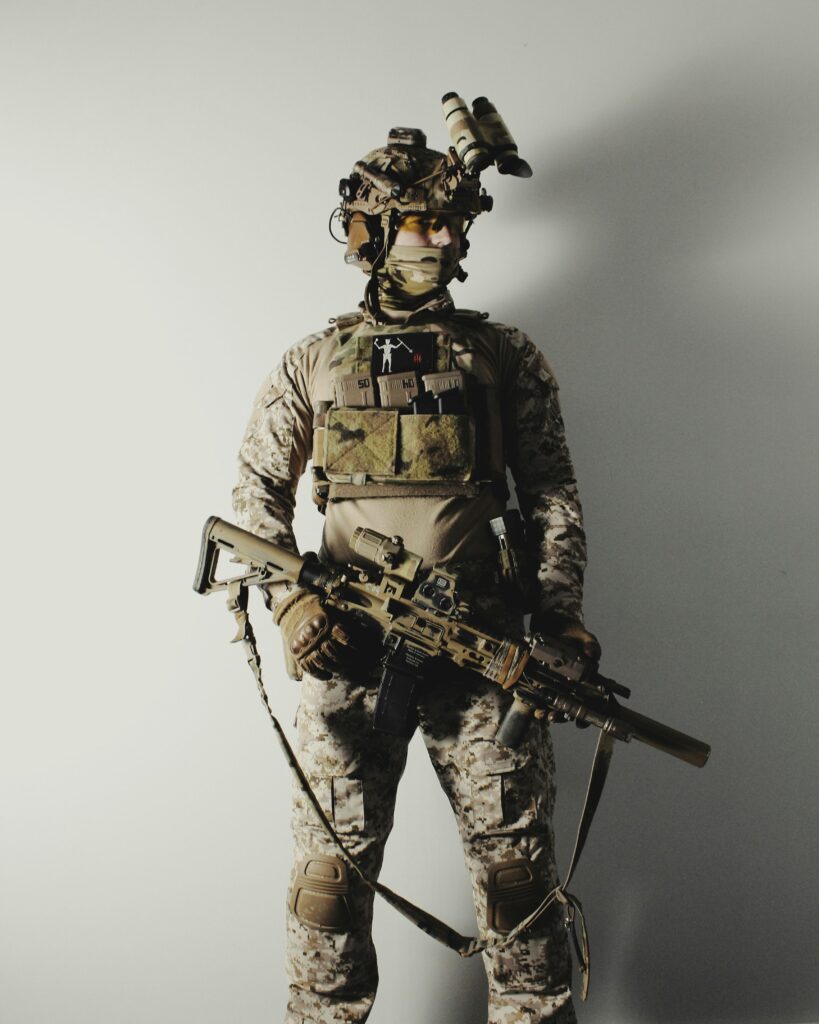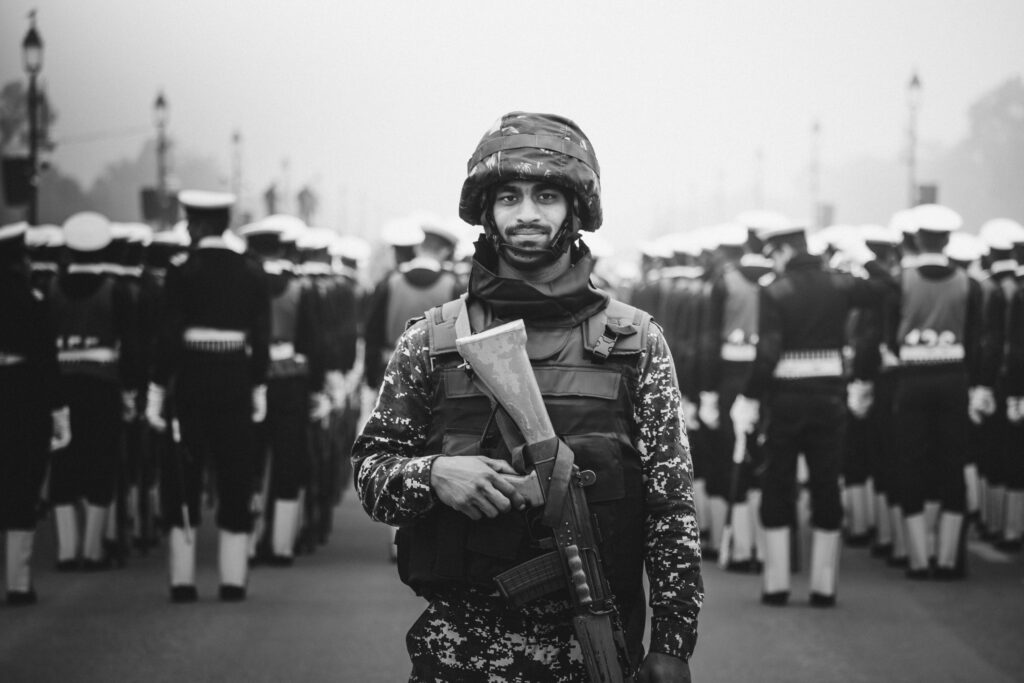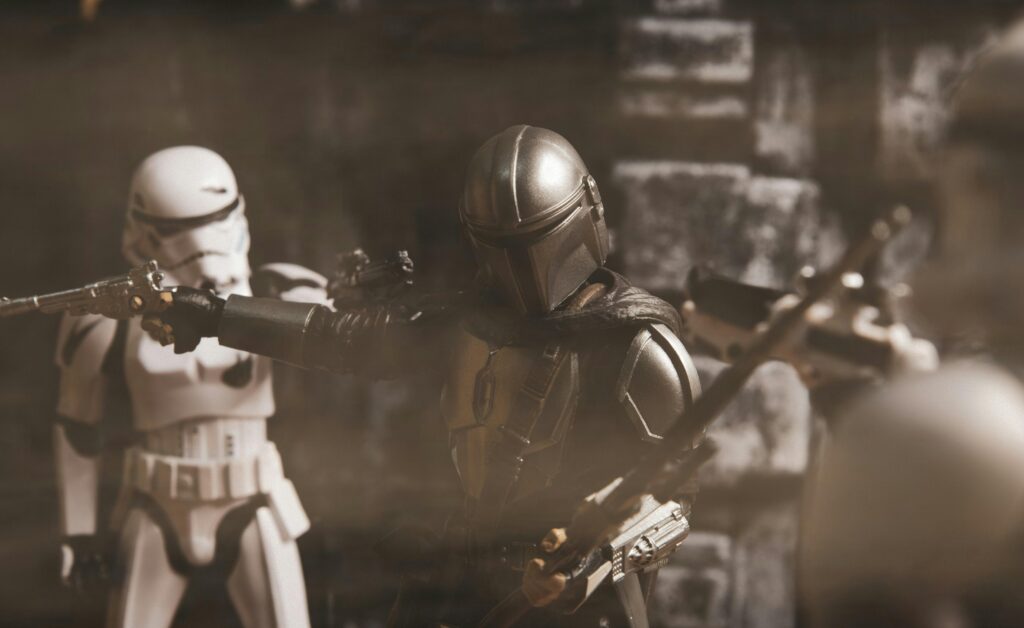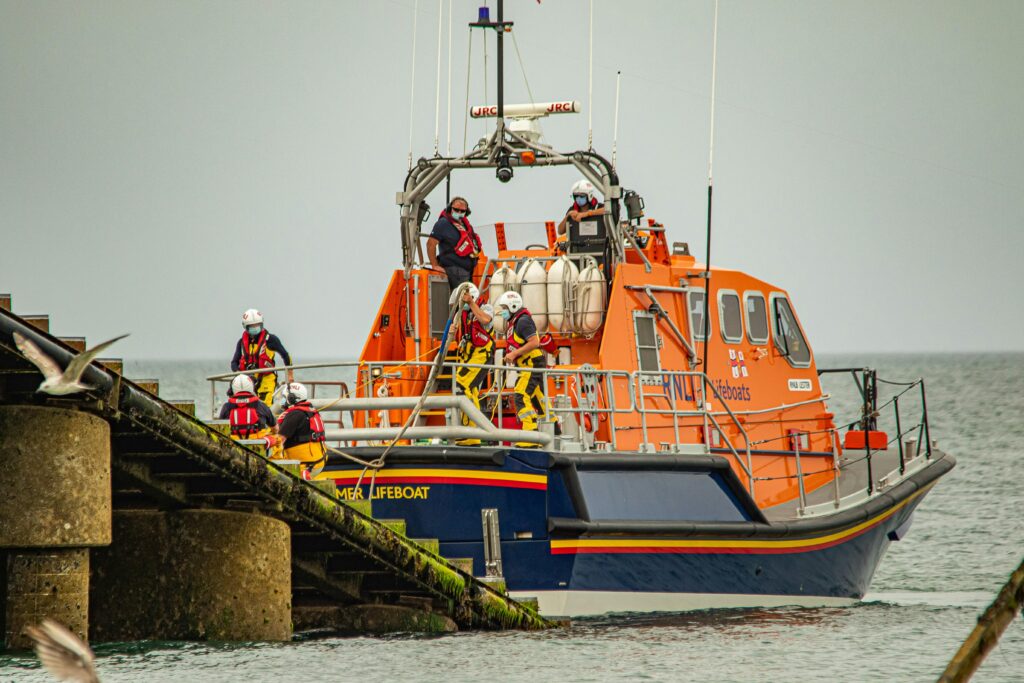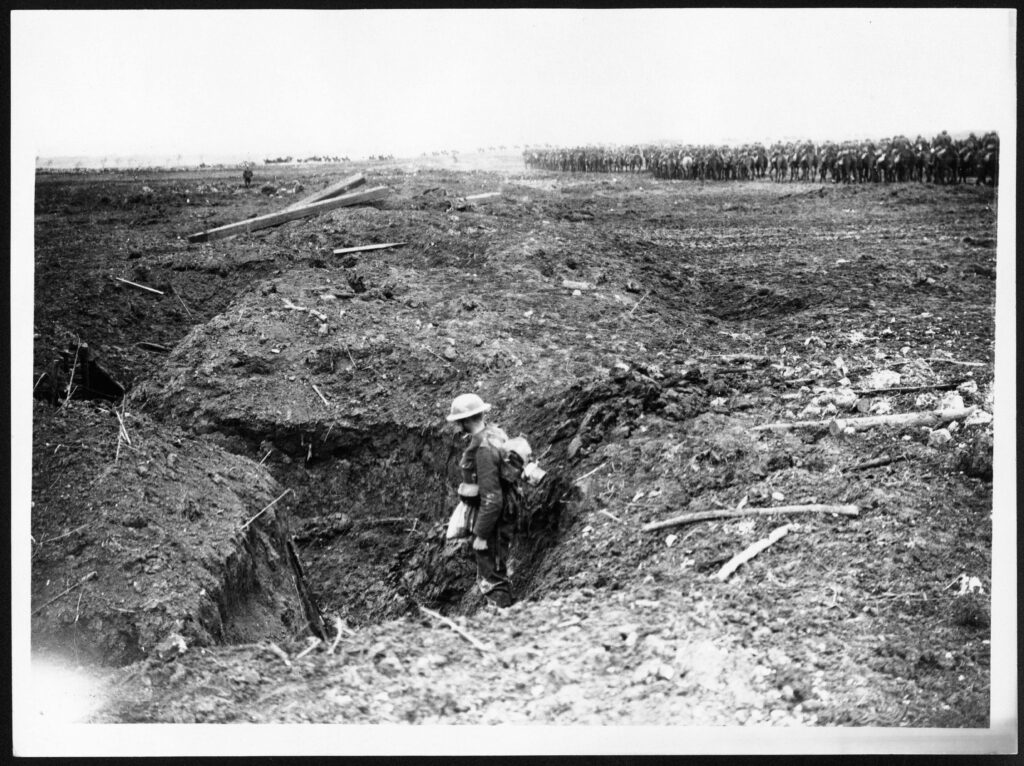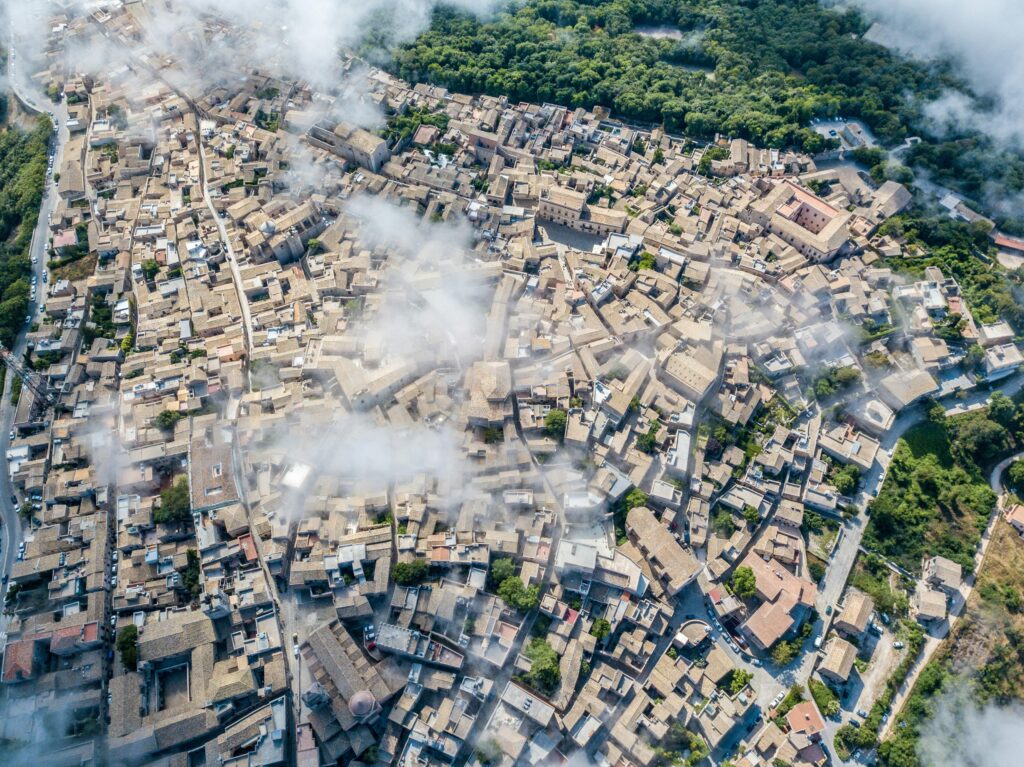The Battle of Verdun stands as one of the most grueling and emblematic episodes of World War I, a seemingly endless struggle that tested the limits of human endurance and military strategy. Lasting nearly ten months in 1916, this epic clash between French and German forces not only symbolized the brutal reality of trench warfare but also marked a pivotal moment in the war’s Western Front. In this article, we delve into the history, significance, and enduring legacy of the Battle of Verdun—the longest and arguably one of the most harrowing battles of the Great War.
Table of Contents
- The Strategic Importance of Verdun and Its Impact on WWI Outcomes
- Tactical Challenges and Soldier Experiences in the Prolonged Conflict
- Technological Innovations and Their Role in Shaping Battle Dynamics
- Lessons from Verdun for Modern Military Strategy and Conflict Resolution
- In Conclusion
The Strategic Importance of Verdun and Its Impact on WWI Outcomes
Verdun was more than just a battlefield; it was a symbol of French national pride and resilience. Located in northeastern France, this fortress town commanded critical access routes and was considered a linchpin in the French defensive line. Holding Verdun was essential not only for strategic military positioning but also for morale on the home front. The German offensive aimed to bleed France into submission through attrition, intending to capture the city and deliver a psychological blow that would unravel the Allies’ cohesion. The fierce French defense, masterminded by generals like Philippe Pétain, transformed Verdun into a grinding war of endurance that sapped German resources and resolve.
The impact of the Battle of Verdun rippled far beyond the frontline trenches. Its protracted nature and staggering casualties altered the course of the conflict by:
- Forcing Germany to divert troops and materiel from other key fronts, weakening their overall offensive capacity.
- Bolstering French determination, as the mantra “Ils ne passeront pas” (“They shall not pass”) became a rallying cry that unified both soldiers and civilians.
- Highlighting the brutal effectiveness and limitations of attritional warfare, shaping military strategy in subsequent engagements like the Somme.
Tactical Challenges and Soldier Experiences in the Prolonged Conflict
Amidst the relentless artillery barrages and grueling fighting, soldiers at Verdun faced a labyrinth of tactical obstacles that tested the limits of military strategy. Commanders grappled with the challenge of holding a narrow front line against an adversary intent on breakthrough, forcing both sides into attritional warfare that drained men and materiel. The battlefield’s complex terrain—marked by dense forests, shattered trenches, and deep shell craters—further complicated maneuvers, while constant enemy offensives demanded rapid adaptability. This unforgiving environment necessitated innovative defensive measures, such as the implementation of rotating troop deployments and coordinated counter-attacks, to stave off collapse and maintain morale.
Life for the ordinary soldier was an unending ordeal of physical and psychological endurance. They contended not only with incessant shellfire but also with dwindling supplies and the spread of disease in the claustrophobic trenches. Conditions included:
- Exposure to mud and cold that led to trench foot and hypothermia
- The omnipresent threat of poison gas and sniper fire
- Witnessing the loss of comrades amid chaotic assaults
Yet, narratives from the front reveal remarkable acts of camaraderie and resilience. Soldiers developed intricate communication networks using runners, signal flares, and early telephony, vital for coordinating defenses under pressure. These experiences etched deep impressions of sacrifice and tenacity that continue to define the human dimension of Verdun’s prolonged ordeal.
Technological Innovations and Their Role in Shaping Battle Dynamics
The Battle of Verdun was not only a test of endurance and strategy but also a crucible for technological advancements that forever altered combat operations. This prolonged conflict showcased how new military technologies — such as improved artillery, gas warfare, and communication systems — dramatically transformed battlefield tactics. The French and German armies relied heavily on intense artillery barrages, which redefined the landscape of war by turning open fields into a labyrinth of craters and trenches. These innovations forced soldiers into close-quarter combat scenarios while emphasizing the importance of logistical support and rapid resupply under relentless fire.
Several groundbreaking technologies played pivotal roles:
- Heavy Artillery: Precision-focused bombardments aimed to obliterate enemy fortifications, often preceding infantry advances.
- Poison Gas: Introduced as a fearsome new weapon, gas attacks inflicted psychological terror and physical harm, compelling armies to adopt protective gear swiftly.
- Improved Communication: Field telephones and signal flares allowed coordination that was previously impossible, facilitating rapid tactical adjustments amidst chaos.
These technological shifts not only influenced the immediate outcomes at Verdun but also set a precedent for future large-scale mechanized and chemical warfare, highlighting the interplay between innovation and human resilience on the front lines.
Lessons from Verdun for Modern Military Strategy and Conflict Resolution
Verdun teaches contemporary strategists the critical importance of endurance and morale. Modern conflicts often emphasize rapid maneuver and technological superiority, yet Verdun demonstrated how protracted engagements can significantly drain resources and willpower. Commanders today can draw lessons about the value of resilient logistics and the psychological dimension of warfare that sustains troops through seemingly interminable battles. The battle also underscores the delicate balance between attrition and strategic objectives; overcommitting forces without clear goals can erode combat effectiveness and political support alike.
In the realm of conflict resolution, Verdun’s legacy informs diplomatic and military leaders about the costs of rigid stances and uncompromising defense. The prolonged violence and staggering casualties emphasize the necessity for early negotiation and flexible strategies that prioritize long-term stability over short-term gains. Key takeaways relevant to modern peacebuilding include:
- Escalation management to prevent conflicts from becoming stalemates draining all parties.
- Integrated civilian and military planning recognizing the broader societal impacts of sustained warfare.
- Adaptive leadership capable of shifting tactics in response to changing realities on the battlefield.
In Conclusion
As we reflect on the Battle of Verdun, it becomes clear that this grueling confrontation was more than just a test of military strategy—it was a profound testament to human endurance and the harrowing realities of World War I. Verdun’s relentless months of combat left an indelible mark on history, shaping not only the course of the war but also the collective memory of nations involved. By revisiting this longest struggle of the Great War, we honor the sacrifices made and gain a deeper understanding of the complexities and costs of conflict. The legacy of Verdun continues to remind us of the resilience of those who faced unimaginable hardship and the enduring need for peace.


